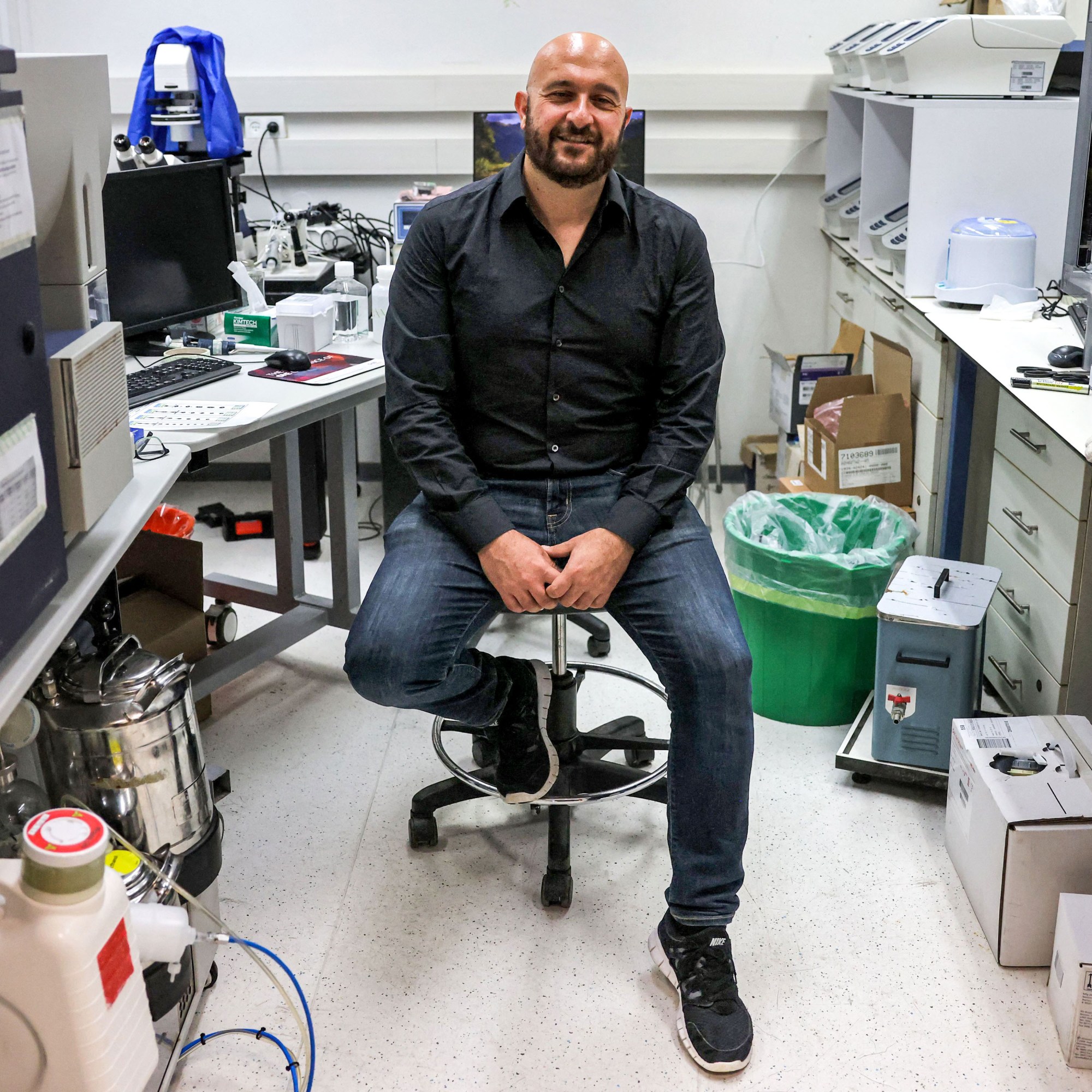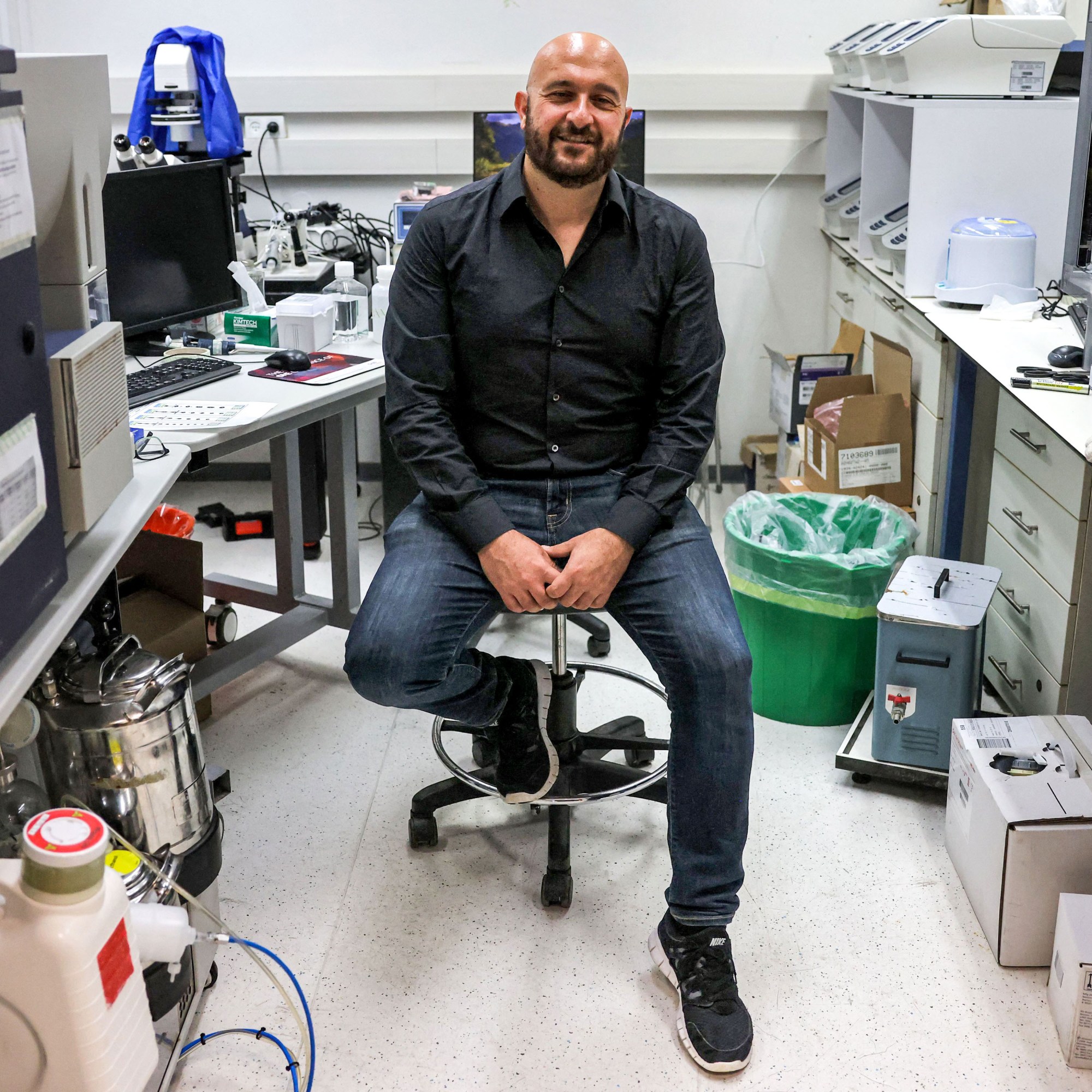Why this matters now: Synthetic embryo models are crossing from lab curiosity to commercial platform
Embryo-like structures made from stem cells are advancing beyond two-week human models toward organ-forming stages, with startups and universities racing to commercialize. For executives in biotech, fertility, and healthcare, this is a new platform moment-akin to CRISPR’s debut-bringing outsized upside in regenerative medicine and IVF insights, but with regulatory grey zones and reputational risk that demand board-level governance now.

Executive Summary
- New biology, new market: Synthetic embryo models could unlock hard-to-make cell types and reproductive insights, creating category-defining products.
- Rules lag the science: Legal definitions of “embryo” and the 14‑day research norm are being stress‑tested, raising cross‑border compliance and funding risks.
- IP land grab: Universities and startups are filing aggressively; early rights on models, artificial womb systems, and data will shape moats.
Market Context: The competitive landscape is forming fast
Israeli scientist Jacob Hanna (Weizmann) reported mouse synthetic embryos with beating hearts and neural folds grown in an artificial womb system (2022), then human models mimicking ~two-week development with placental precursors (2023). Renewal Bio, which Hanna co‑founded, has publicly suggested human models at least to day 28 and is targeting later stages (day 30-70). In Europe, Dawn Bio is testing blastoids on uterine tissue that can trigger a positive pregnancy test, aiming to inform IVF. Caltech, Cambridge, and Rockefeller groups are active; patent offices in the US/EU report surging claims. The ISSCR maintains that “embryo models are neither synthetic nor embryos” and won’t reach postnatal stages, while a Stanford-led editorial floated “bodyoids” as nonsentient human bodies for research or organ sourcing-signaling how far the debate could go. Expect rapid iteration and heightened public scrutiny.

Opportunity Analysis: Where value and risk concentrate
- Regenerative medicine: “Bioprinted” cell sources for hematopoietic, hepatic, and germline precursors could solve long‑standing manufacturing bottlenecks. Pathway: autologous cell therapies; high COGS but strong IP.
- Fertility/IVF enablement: Blastoids for implantation assays and embryo selection insights; potential partnerships with clinic networks and payers hungry for better success rates.
- Tools and platforms: Artificial womb bioreactors, gas‑mixing systems, and high‑content imaging/omics pipelines; likely picks‑and‑shovels winners.
- Data moats: Longitudinal atlases of human organogenesis will underpin discovery and safety testing; privacy/consent frameworks become differentiators.
- Regulatory arbitrage: Jurisdictional differences (e.g., evolving UK HFEA guidance, US patchwork without a federal embryo statute, EU member-state diversity) create site‑selection and supply‑chain leverage—and exposure.
- ESG and reputational risk: Public, payer, and faith‑based stakeholder responses can affect grants, partnerships, and market access; governance posture will be scrutinized.
Action Items: Move now to shape your advantage
- Set red lines and guardrails: Define internal limits (e.g., developmental stage, neural/cardiac ablation requirements) and align with independent ethics board oversight.
- Map the regulatory path: Conduct a cross‑border analysis of embryo/model definitions, 14‑day rules, import/export controls, and FDA/EMA pathways for derivative cell therapies.
- Secure IP and freedom to operate: Commission a landscape review on embryo models, ex utero culture hardware, and organogenesis datasets; file defensively where you intend to play.
- Pilot low‑controversy use cases: Start with IVF assay tools or non‑sentient early‑stage models to build clinical utility and revenue while de‑risking perception.
- Build stakeholder coalitions: Engage IVF clinics, patient groups, payers, and bioethics advisors; prepare transparent communications and crisis response plans.
- Harden compliance and logistics: Implement chain‑of‑custody, customs documentation, and biosafety SOPs for shipping cell lines and models across borders.
- Invest in data governance: Create consent, provenance, and access controls for developmental datasets; plan for secondary use and auditability.
- Talent and partnerships: Recruit developmental biologists and regulatory experts; explore JVs with academic labs to access platforms without headline risk.
Bottom line: Synthetic embryo models are moving from thought experiment to platform. The winners will pair scientific ambition with disciplined governance, securing IP and trust before rules harden.

Leave a Reply